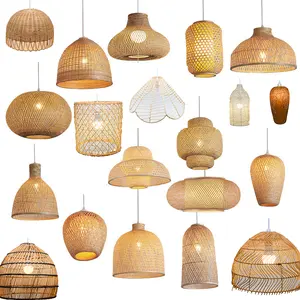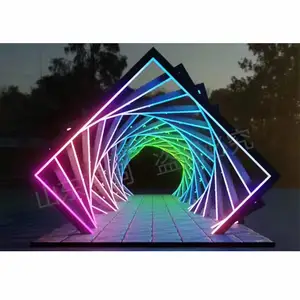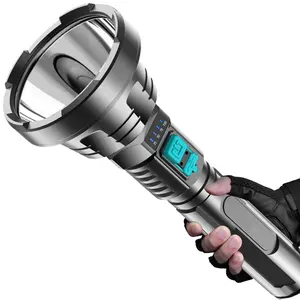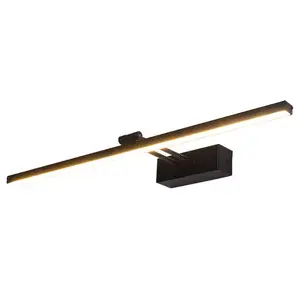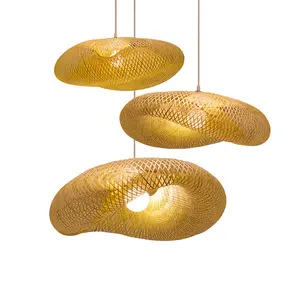Popular in your industry







































Top categories
About 127v ballast
Understanding 127v Ballasts
A 127v ballast is an essential component in lighting systems, serving as a voltage regulator for various types of lamps. This device is crucial for initiating and maintaining stable light output from bulbs, ensuring both safety and efficiency. The role of a ballast is particularly significant during the startup phase of a lamp, where it provides the necessary voltage to ignite the lamp and then continues to regulate the current during operation.
Types and Applications of 127v Ballasts
There are several types of ballasts, each suited to specific lamp types and applications. For instance, magnetic ballasts are traditionally used with older fluorescent bulbs, while electronic ballasts are compatible with newer, more energy-efficient lamps. The choice of a 127v electronic ballast or a magnetic counterpart depends on the fixture and the environmental conditions, as some ballasts perform better in colder climates.
Features and Materials
The construction of a 127v ballast involves a combination of durable materials and sophisticated technology to handle the electrical load. Electronic ballasts, for example, are designed to eliminate the hum and flicker associated with their magnetic predecessors, offering a quieter and more stable lighting solution. The materials used must also be capable of withstanding high temperatures and electrical fluctuations.
Advantages of Upgrading Ballasts
Upgrading to a modern 127v lighting ballast can lead to several advantages, such as improved energy efficiency and longer bulb life. Electronic ballasts, in particular, are known for their superior performance, reducing the operational costs and maintenance frequency for lighting fixtures. They are also generally safer, as they are less prone to overheating and other electrical issues.
Selecting the Right 127v Ballast
When selecting a 127v ballast for fluorescent lights or HID lamps, it is important to consider the specific requirements of the lighting fixture. The ballast must match the type of bulb in use, whether it is a T8, T12, or a high-intensity discharge lamp. Factors such as voltage, physical bulb size, and the intended use case, such as for grow lights, must be taken into account to ensure compatibility and optimal performance.
Conclusion
In conclusion, a 127v ballast is a critical component for various lighting systems, ensuring the longevity and efficiency of lamps. With advancements in ballast technology, there are options available to suit different needs, from traditional magnetic ballasts to modern electronic variants. When choosing a ballast, it is important to consider the lamp type, fixture, and environmental conditions to find the most suitable option.
